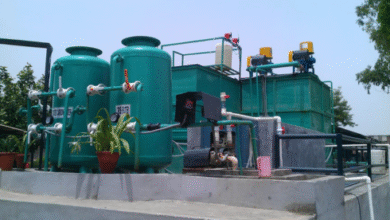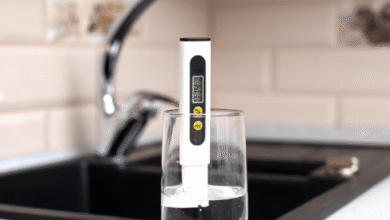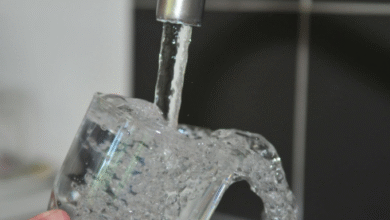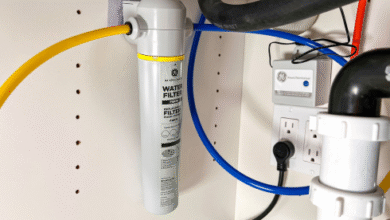When Your Oven Gives Up: How to Handle Repairs Without Losing Your Cool
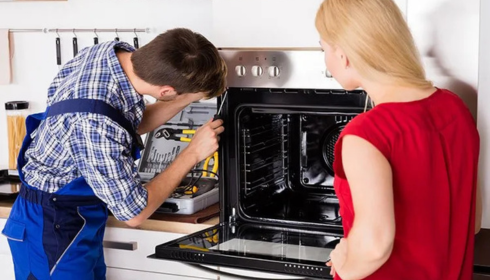
There are few things more frustrating than an oven that suddenly decides to stop working, especially if you’re right in the middle of prepping a family dinner or baking a weekend treat. Ovens are one of those appliances we don’t think about much—until they quit on us. Then, they become the center of attention, and not in a good way. The panic sets in, the food gets cold, and the takeout menus start looking like lifesavers. But here’s the thing: oven breakdowns happen, and knowing how to respond makes all the difference.
Recognizing the First Signs of Trouble
Ovens rarely fail out of nowhere. They usually drop little hints before completely giving up. Maybe you’ve noticed uneven cooking—half the lasagna bubbling like lava while the other half looks untouched. Or perhaps the preheat time has doubled, and you find yourself waiting endlessly for the temperature to catch up. Odd smells, strange noises, or error codes flashing on the display are also signs something’s not right. Paying attention to these early signals often saves you from bigger headaches later.
This is usually the moment most people frantically search for oven repair near me and start scrolling through endless listings. It’s understandable—you just want the thing fixed. But slowing down and looking at your options carefully can save money and ensure you’re getting quality service rather than a quick patch-up.
DIY vs. Calling in the Experts
Now, if you’re the handy type, you might be tempted to grab a screwdriver and go exploring. For minor issues—like replacing a light bulb inside the oven or tightening a loose handle—that’s fine. But once you start messing with electrical wiring, heating elements, or gas lines, you’re venturing into dangerous territory. Ovens aren’t just big metal boxes; they’re complex systems with parts that can cause real harm if mishandled.
This is where the value of a professional oven repair becomes clear. A trained technician not only fixes the obvious problem but also inspects for hidden issues that could cause repeat breakdowns. Think of it as getting both a cure and a check-up at the same time. Sure, it costs more than a DIY attempt, but it often saves you from bigger bills (and stress) down the road.
Choosing the Right Technician
Finding the right person for the job isn’t just about picking the first name you see online. It’s about trust, reliability, and skill. Look for technicians or companies with certifications, good reviews, and transparent pricing. Nobody likes surprise charges sneaking up after the work is done. Word of mouth is still powerful too—ask friends, neighbors, or even local community groups for recommendations.
Sometimes the simplest solution is to find an oven technician who specializes in your brand or type of oven. Different models—whether gas, electric, or convection—have unique quirks, and a specialist will know exactly how to handle them. You’ll spend less time explaining the problem and more time watching it get solved.
Cost Expectations and Reality Checks
Let’s talk money, because repairs aren’t always cheap. The cost depends on the issue: replacing a faulty thermostat is usually less expensive than swapping out a heating element or fixing complex wiring problems. On average, you’re looking at anywhere between a modest service fee and a few hundred dollars.
At that point, you’ll probably ask yourself: is it worth repairing, or should I replace the oven entirely? Here’s a rule of thumb—if the repair cost is more than half the price of a new oven, it might be smarter to invest in a replacement. But if it’s a relatively small fix, repairing usually makes more sense, especially if the oven still has a few good years left.
The Importance of Preventive Maintenance
One of the best ways to avoid emergency repairs is by giving your oven a little TLC. Simple habits, like wiping down spills after cooking, checking the door seals, and avoiding overloading racks, extend its life. Scheduling an occasional maintenance check—yes, even when nothing seems wrong—can catch potential issues before they turn into major breakdowns.
Think of it like car servicing. You wouldn’t drive your car for years without checking the brakes or oil, right? The same goes for your oven. Prevention almost always costs less than repair.
Balancing Patience and Urgency
Waiting around with a broken oven can feel like forever, especially if cooking at home is part of your daily routine. But try not to let urgency push you into rushed decisions. Call a couple of repair services, compare quotes, and ask the right questions. How long will it take to get the parts? Do they offer a warranty on the work? Are their technicians insured? These details matter more than we realize in the heat of the moment.
If you’re in a bind—say, during the holidays—consider short-term alternatives like countertop toaster ovens, slow cookers, or even grilling outdoors. It’s not perfect, but it buys you time until the oven is back in action.
Why Professional Help Beats Temporary Fixes
Some folks try to “get by” with temporary solutions, like adjusting cooking times or using only one rack because the heating is uneven. While this works in the short term, it usually masks the problem instead of fixing it. Over time, the issue worsens, often making the final repair more expensive than it would’ve been earlier.
Professional repairs aren’t just about restoring function; they’re about restoring peace of mind. Knowing that your oven is safe to use, running efficiently, and unlikely to surprise you again tomorrow is worth more than the upfront cost.
Wrapping It All Up
Oven breakdowns are inconvenient, sometimes maddening, but they’re rarely the end of the world. The key is to respond with a mix of patience, common sense, and informed decision-making. Recognize the signs, weigh the cost, and when in doubt, bring in the pros.
Your oven has probably seen you through countless meals, late-night snacks, and family gatherings. Treating it well when it falters ensures it’ll keep serving you for years to come. So the next time you find yourself staring at a stubborn oven door or wondering why the heat just won’t rise, remember—you’ve got options, and you’re not alone in dealing with it.

